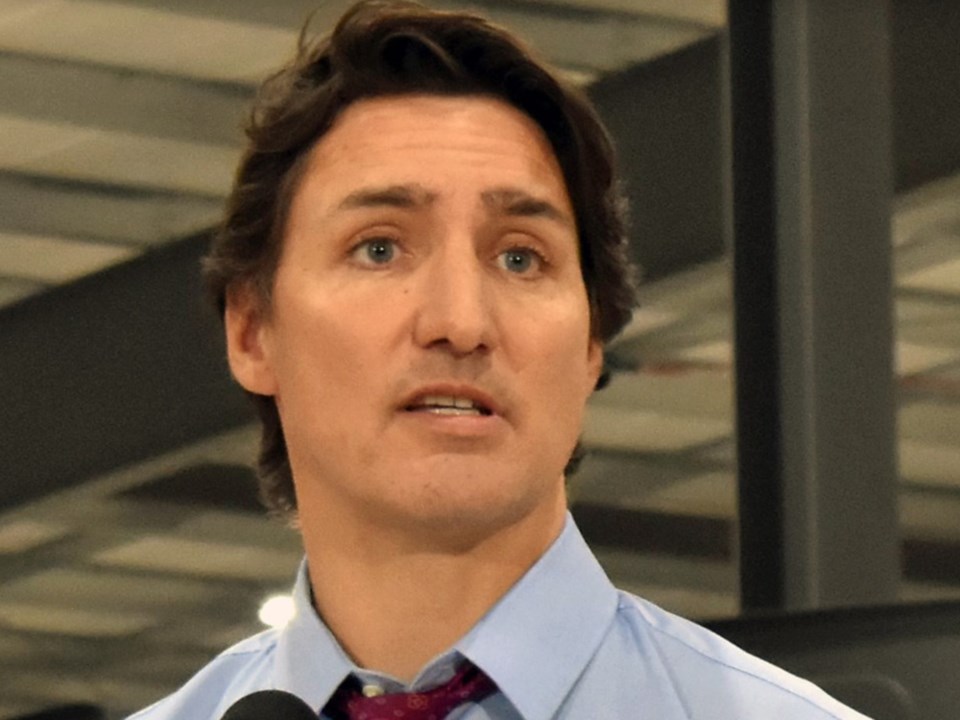Eighty minutes isn’t long if you are watching a rom-com on your couch, but it is an eternity if you are fighting nausea or waiting for a painkiller to kick in.
The only thing worse than feeling like trash — or in pain — while sitting in a medical clinic waiting to see a doctor is holding your sick child while you both wait to see a doctor.
This week, data released by Medimap, a tech company that helps with scheduling appointments, showed that 老澳门六合彩开奖记录资料 patients had to wait an average of 80 mins to see a doctor at our walk-in clinic in 2022.
In North Vancouver, the average wait was a whopping 160 minutes.
This makes North Van the worst city in the province regarding waits at walk-in clinics.
Victoria took the second-worst spot, with patients waiting an average of 137 minutes.
Folks in B.C. faced some of the longest average waits in the country.
According to Medimap, on average, British Columbians had to wait 79 minutes to see a physician at a walk-in last year. That is 21 minutes longer than in 2021 and 36 minutes longer than in 2020. It is also over two times longer than the national average of 37 minutes.
(Nova Scotia had the longest average waits — 83 minutes.)
With so many of us in B.C. not having a family doctor — roughly one in five of us — we are forced to use clinics as our go-to.
Of course, this isn’t the only broken part of our health care system — wait times for medically necessary specialist treatment are also agonizingly long.
A showed patients waiting for an average of 27.4 weeks between referral from a general practitioner and getting treatment from a specialist.
But there is hope.
At the start of this month, B.C.’s new compensation model, called the longitudinal family physician (LFP) plan — for family doctors kicked in.
Among other changes, as The Canadian Press reported, this increases doctor’s pay to about $385,000 annually, up from $250,000. This is supposed to help attract and retain doctors who previously may have been attracted away from family medicine by the roughly $300,000 physicians get at a hospital.
At a news conference, Health Minister Adrian Dix said if all goes according to the plan, folks without a doctor should be able to apply for one by July.
And this week, Prime Minister Justin Trudeau met with premiers to discuss the healthcare system.
The bottom line is that the feds need to cough up significantly more money in Canada Health Transfers.
Currently, the provinces get about 22% of what they need from the federal government to meet their healthcare needs; premiers are asking for an increase to 35%.
As is common with individuals, governments have set priorities other than health until the whole system was sick.
Now that we are in acute pain, hopefully, it is a wake-up call for the powers that be that we can’t wait much longer to get better.



